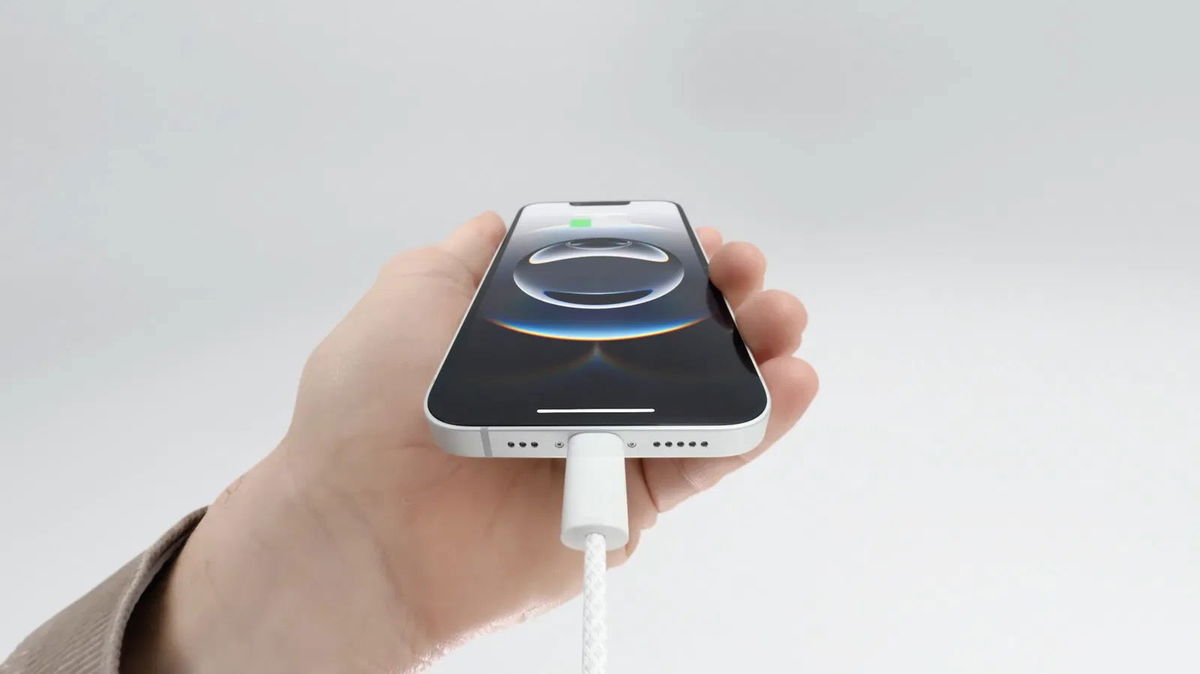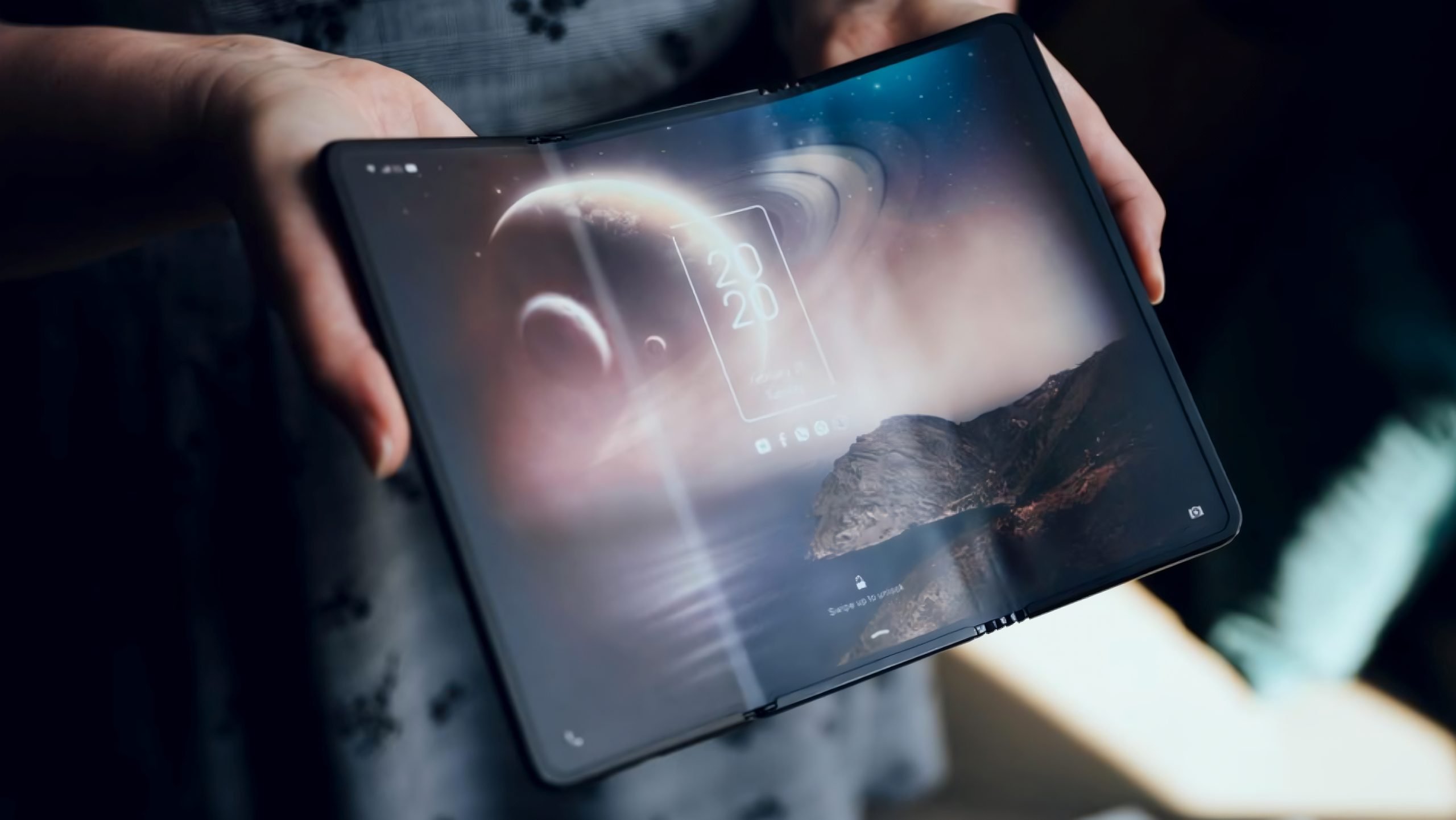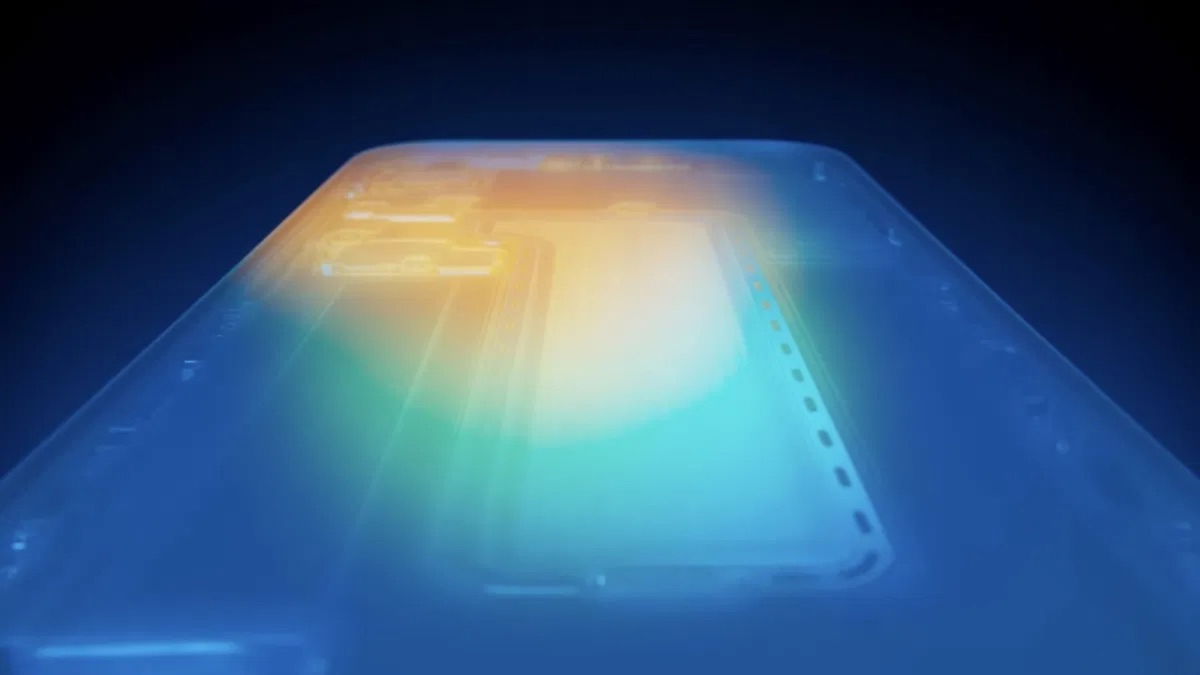Starting a PC from a USB stick, “pin”, or flash drive has many uses. If you are on a different computer, you can use your own operating system and carry your own files and apps with you. In case of technical problems, the bootable USB is used to clean your computer malware and viruses, Backups or repair it if Windows or Linux does not start properly.
Although Windows today has tools for Solve your core problems right from the start or from a backup partition, it never hurts to have a plan B handy just in case windows help it doesn’t work or have better control over what we want to do on our PC. A bootable USB is easy to prepare. In addition, these devices are very cheap and you can take them with you Or keep them in a drawer.
Fast and convenient way create your own bootable usb uses tool Rufus. It’s free and used to run your USB PC with different operating systems, no matter if they are different Versions for Windows or Linux or variants thereof intended for cleaning, repair or security purposes.
Your own bootable USB in minutes
Thanks to Rufus you can prepare a bootable USB drive in a few minutes, which will allow you to boot the operating system from the USB flash drive itself, install Linux or Windows on your computer from scratch, do cleanup, backup, etc. Come on, start your computer from USB to do what you can’t do from the operating system installed on it.
We’ve talked about Rufus in the past for tasks like installing an alternative version of Chrome OS running Android on any computer, even one that wasn’t compatible with Chrome OS. And also install Windows 11 from scratch on a PC that did not initially comply strict installation requirements.
Use Rufus you will need, in addition to the program itself, a flash drive or USB drive. Today you can get one 8 GB or one 16 GB at affordable prices. It’s over. Some of them may be in your home unused. Reuse one of these to turn it into a bootable USB for emergencies. Yes, indeed. The files it contains will disappear, so keep them separate. you will also need ISO image of the operating system which you want to use on the bootable USB. This will be the operating system you will use when booting your computer from USB.

A few small additional settings
when you open Rufus You will see that it is very easy to use. Just fill in the fields in the main window and you’re done. Of course, you need to know which option to choose in each situation. In the first field device or Device, select the drive that represents your USB. Field boot selection or boot selection leave as is. But in the box on the right, you’ll have to choose between To choose or dismiss. If you already have a downloaded ISO image, select the option To choose.
FROM dismiss, clicking on it will open a new drop-down window with a list of ready-to-download ISO images. Specifically, Windows 7, Windows 8.1, Windows 10, and Windows 11. You can select the version of Windows, edition, edition, language, and architecture.
AT partition system or Partition scheme You will have to choose between MBR and GPT. There are two ways to boot your computer from a USB or other drive. If you’re going to use a bootable USB drive on older computers, choose MBR. But if you are going to use it on relatively modern computers, GPT is better. The other field can be left as is. And advanced options too.
An interesting field that you will see if you are going to install Linux on a bootable USB is Constant partition size. It is used to save changes to the operating system you are using from a bootable USB drive. And for storing files and documents. Depending on what you want to keep select size you find suitable in GB.

Format and prepare your computer to boot from USB
AT Format Options we do not need to do anything, although you can choose, for example, the name that your bootable USB flash drive will have or the file system. The default is FAT32, but you can change it to NTFS if you intend to store large files of 4 GB or more. Today, both Windows and most Linux distributions allow you to read and work with both FAT32 and NTFS.
The last step is to click on Start off. As many minutes as it takes Rufus will format the flash drive or USB of your choice and install the selected ISO image. When you’re done, you’ll have your own bootable USB at your disposal. You can try this on any computer by plugging in the USB port and turning on the computer. If it’s not too old, it will detect the USB and boot from it.
Depending on the PC and its BIOS boot menu, you may need to press the F8, F9, F10, F11, or F12 buttons to see Boot Menu or boot menu. You will see which button it is when an informative phrase appears on the screen, such as “Press X to enter SETUP, Y to enter the boot menu” or similar. Once upon a time Boot Menu, select the bootable USB and the PC will boot from there. Now you can start any computer from your USB stick and do whatever you want. And if you need to answer any questions about Rufusyou can do this by looking at their English FAQ page.
Source: Hiper Textual













